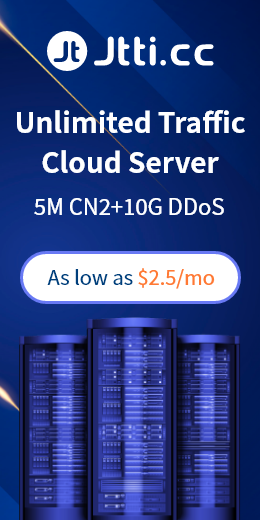Redis can be used as a database server or cache server, and should be used regularly to monitor performance, back up data, update software versions, and adjust the appropriate configuration and optimization as required. Redis has the characteristics of memory storage, multi-data structure support, persistence, high performance, distribution, flexible key operation and so on. If Redis is suddenly slow in use, it may be caused by a variety of reasons, which may involve both operations and development. When troubleshooting a problem, you can follow these steps to determine the possible cause of the problem:
1. Operation and maintenance level:
System resources: Check the resource usage of the server, including CPU, memory, disk, and network. High loads, low memory, or disk I/O issues can cause Redis performance to degrade.
Network delay: Check whether the network connection is normal and whether the delay is abnormal. High network latency can cause slow response of Redis commands.
Persistence operations: If you use the persistence feature of Redis, check the execution of the persistence operations. In RDB snapshots and AOF logs, persistence can cause temporary performance degradation.
Log analysis: View the Redis log file for exceptions, errors, or warnings. The logs may provide some useful information.
2. Development level:
Slow query log: Enable the slow query log of Redis to check whether any command takes a long time to execute. By analyzing the slow query logs, you can find commands that may need to be optimized.
Command usage: Check how Redis commands are used in your application to make sure that you are not using overly complex or inefficient commands. Using SCAN instead of KEYS command, batch operation using PIPELINE, etc., can improve efficiency.
Data structure selection: Ensure that the appropriate data structure is selected. Using the right data structures can significantly improve performance.
Connection management: Check the connection pool configuration to ensure that connections are properly managed and released. The number of connections exceeding the maximum number of connections configured by Redis may cause performance problems.
Client version: Check the version of the Redis client used in your application to make sure you are using a newer version, which may include performance improvements and bug fixes.
Caching policy: Ensure that the caching policy in your application is valid. Invalid cache policies can result in cache breakdowns or avalanches.

3. Comprehensive analysis:
Performance testing: Perform performance tests that simulate real-world workloads to better understand how Redis performs under load.
Monitoring system: Use the monitoring system to monitor Redis indicators in real time to detect performance issues.
When troubleshooting problems, it is usually necessary to combine the information of both operations and development for step-by-step analysis. If the source of the problem cannot be identified, more in-depth system analysis and performance tuning may be required.

 EN
EN
 CN
CN









